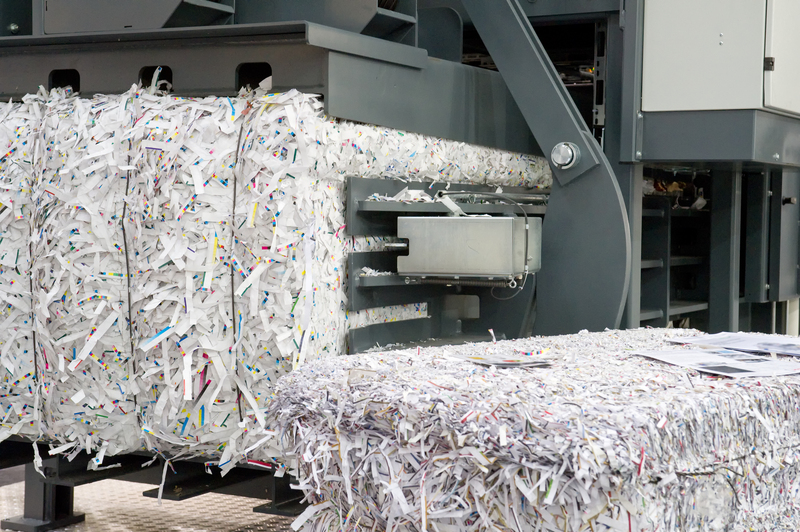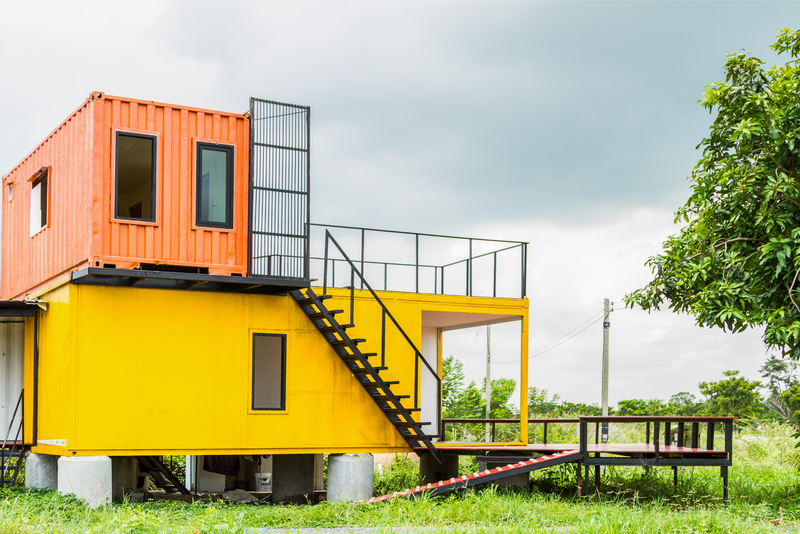Plastic Recycling Process
Posted on 07/10/2024
The plastic recycling process is a critical step towards creating a sustainable environment by minimizing waste and preserving resources. As we become more aware of the environmental impacts of plastic waste, it has become essential to adopt effective methods for recycling plastics.
Steps in the Plastic Recycling Process
1. Collection
The process begins with the collection of plastic waste, which can come from various sources such as households, businesses, and industrial sectors. Collection can be done through curbside recycling programs, recycling drop-off points, or through buy-back centers.
2. Sorting
Once collected, plastics are taken to recycling facilities where they are sorted into different types. The sorting process can be done manually or through automated machines to separate the plastics based on color, type, and chemical composition.
3. Cleaning
Before the plastics can be processed further, they must be cleaned to remove any contaminants such as food residue, labels, or adhesives. This step ensures that the recycled material is of high quality. Cleaning typically involves washing, rinsing, and sometimes chemical treatments.
4. Shredding
After cleaning, the plastics are shredded into small pieces. Shredding is an essential step as it helps in the subsequent stages by increasing the surface area of the plastics, making them easier to handle and process.
5. Identification and Classification
At this stage, the shredded plastic pieces undergo further identification and classification to ensure that they are sorted correctly. Techniques such as infrared spectroscopy and density separation are used to identify and classify the plastics based on their polymer types.
6. Melting and Extrusion
The classified plastic pieces are then melted down and extruded into small pellets or granules through a process called extrusion. The pellets can then be used as raw materials for manufacturing new plastic products.
7. Compounding
In some cases, the pellets undergo compounding, where they are blended with other materials like pigments and additives to enhance their properties. This step is necessary to produce high-quality recycled plastics that meet specific industry standards.
8. Manufacturing New Products
Finally, the recycled plastic pellets are used to manufacture new products. These products can range from plastic bottles and containers to clothing fibers and construction materials. The use of recycled plastics helps reduce the demand for virgin materials, conserving resources and energy.

Pros and Cons of Plastic Recycling
Pros
- Environmental Benefits: Reduces plastic waste in landfills and oceans, minimizing pollution and its harmful effects on wildlife and ecosystems.
- Resource Conservation: Conserves natural resources by reducing the need for new raw materials.
- Energy Savings: Recycling plastics requires less energy compared to producing new plastics, resulting in lower greenhouse gas emissions.
- Economic Benefits: Generates employment opportunities in the recycling industry and creates a market for recycled products.
Cons
- Contamination Issues: Inconsistent quality of recycled plastics due to contamination from other materials.
- Limited Recycling Capacity: Not all types of plastics are recyclable, and recycling facilities may not be equipped to handle certain plastics.
- Energy and Cost: The recycling process itself consumes energy and can be costly, which may sometimes outweigh the benefits.
- Loss of Properties: Recycled plastics may have inferior properties compared to virgin plastics, limiting their applications.
Tips for Effective Plastic Recycling
- Proper Segregation: Ensure plastics are separated from other waste and sorted by type and color to improve recycling efficiency.
- Cleaning: Rinse and remove labels from plastic containers before disposal to reduce contamination.
- Educate and Advocate: Spread awareness about the importance of recycling and advocate for better recycling programs in your community.
- Support Recycled Products: Purchase products made from recycled plastics to encourage demand and support the recycling industry.
- Reduce and Reuse: Incorporate reducing and reusing strategies in daily life to minimize overall plastic waste.

Conclusion
The plastic recycling process is a vital component of sustainable waste management. While it offers many benefits such as environmental conservation, resource and energy savings, it also faces challenges like contamination and high costs. By following effective recycling practices and supporting recycled products, we can contribute significantly towards mitigating plastic pollution and creating a more sustainable future.
Takeaways
- Separate and clean plastics before recycling to improve the quality of recycled materials.
- Support and purchase items made from recycled plastics.
- Advocate for robust recycling programs and educate others on the importance of recycling.
- Incorporate reduce, reuse, and recycle strategies in daily life to cut down plastic waste.
Embracing the plastic recycling process is crucial for environmental sustainability. We must all take proactive steps to recycle effectively and responsibly, ensuring that our planet remains healthy for future generations.

